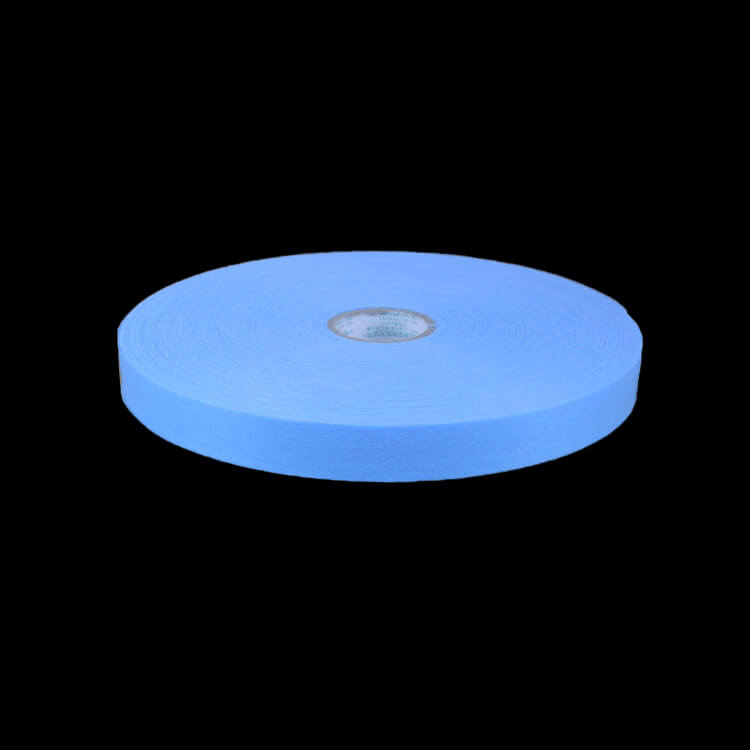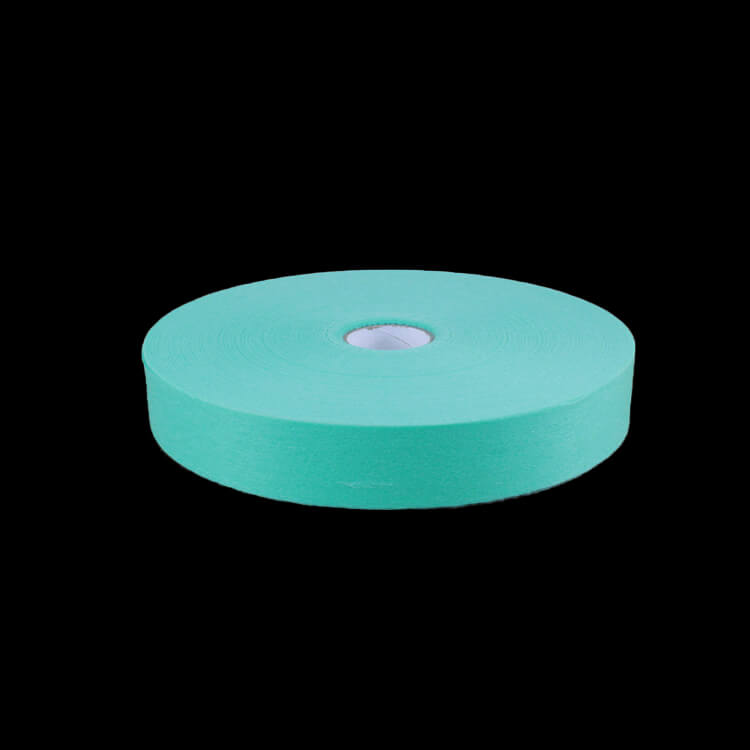Author:Baby & Adult Diaper Materials FROM:Diaper Materials Manufacturer TIME:2023-07-19
Exploring the Versatility of Diaper Non Woven Materials

The development of non woven materials has revolutionized various industries, including the diaper manufacturing sector. Diapers are an essential product for infants and toddlers, providing comfort and hygiene. In recent years, there has been a growing focus on exploring the versatility of diaper non woven materials to enhance their performance and sustainability. This article aims to delve into the various applications and benefits of these materials in the diaper industry.

One of the primary objectives of using non woven materials in diapers is to improve absorbency. Non woven fabrics offer better liquid retention properties compared to traditional woven fabrics, thanks to their unique fiber structure. The fibers are entangled together during the manufacturing process, creating a dense network that enhances absorption. This results in diapers that can effectively lock away moisture, keeping the baby's skin dry and preventing diaper rash. Moreover, the use of non woven materials ensures even distribution of liquid throughout the diaper, further optimizing its absorbency capacity.

Diapers made with non woven materials also prioritize breathability and comfort, as these factors are crucial for the well-being of the baby. The porous nature of non woven fabrics allows for air circulation, preventing the build-up of heat and moisture inside the diaper. This helps in maintaining the baby's skin dry and cool, reducing the chances of skin irritation and discomfort. Additionally, non woven materials offer a softer texture compared to traditional woven fabrics, providing a gentle touch on the baby's delicate skin. The flexibility and stretchability of these materials further contribute to the overall comfort of the diaper, allowing the baby to move freely without any constraints.
With the increasing global focus on sustainability, diaper manufacturers are turning to non woven materials due to their eco-friendly properties. Non woven fabrics are predominantly made from recyclable materials, reducing the overall environmental impact. Additionally, the manufacturing process for non woven materials consumes less water and energy compared to traditional woven fabrics. This contributes to the conservation of resources and minimizes the carbon footprint. By incorporating non woven materials into diapers, manufacturers can offer environmentally conscious products without compromising on performance or comfort.
The versatility of diaper non woven materials has been instrumental in improving the functionality and sustainability of diapers. Enhanced absorbency, breathability, comfort, and eco-friendliness are some of the key advantages of using non woven fabrics in diaper production. As technology advances, further research and development in this field will likely lead to even more innovative applications and benefits. Ultimately, the exploration of the versatility of diaper non woven materials is paving the way for safer, more comfortable, and environmentally friendly diaper options for babies around the world.

 Email: info@whldiapernonwoven.com
Email: info@whldiapernonwoven.com
 MP/WhatsApp: +86-13599937366
MP/WhatsApp: +86-13599937366
 Manufacturer Address:Room 1105B, Bld M1, Manhattan, Yulongwan, Shimao, Shuanglong Road, Meiling Street, Jinjiang, Fujian, China
Manufacturer Address:Room 1105B, Bld M1, Manhattan, Yulongwan, Shimao, Shuanglong Road, Meiling Street, Jinjiang, Fujian, China